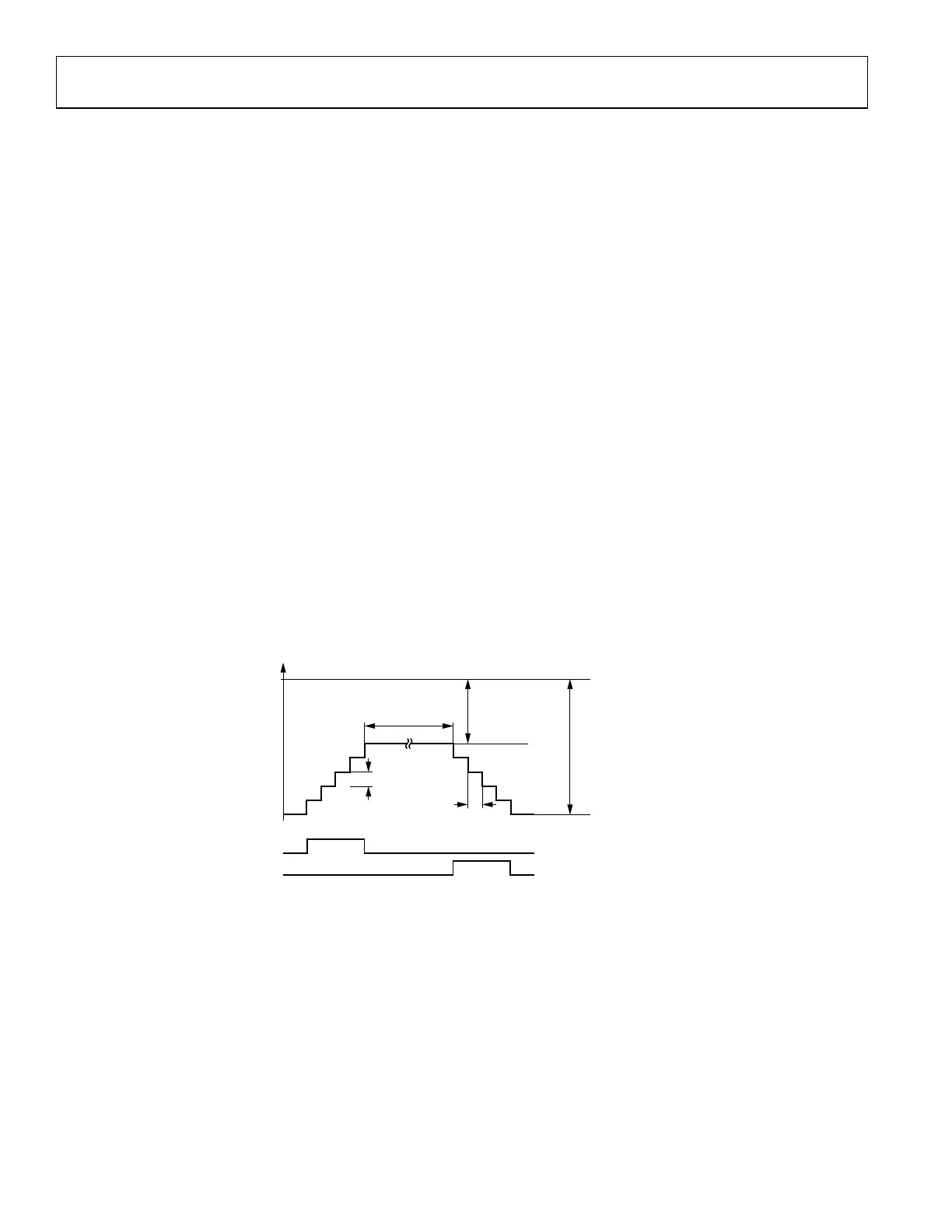UG-1828 Preliminary Technical Data
Rev. PrB | Page 126 of 277
The ADRV9001 ARM proceeds through the calibrations in the required sequential order. The system initial calibrations are performed
first, followed by receiver, initial calibrations and then transmitter initial calibrations. The receiver, initial calibration order and the
transmitter initial calibration order are shown in Table 49 and Table 50, respectively.
Table 49. Rx Initial Calibration Order
Order Rx Initial Calibrations
1 RX_HPADC_RC
2 RX_HPADC_FLASH
3 RX_HPADC_DAC
4 RX_LPADC
5 RX_TIA_CUTOFF
6 RX_DCC
7 RX_GROUP_DELAY
8 RX_RF_DC_OFFSET
9 RX_GAIN_PATH_DELAY
10 RX_QEC_ILB_LO_DELAY
11 RX_QEC_TCAL
12 RX_QEC_FIC
Table 50. Tx Initial Calibration Order
Order Tx Initial Calibrations
1 TX_DCC
2 TX_BBAF
3 TX_DAC
4 TX_LB_PD
5 TX_LO_LEAKAGE
6 TX_QEC
7 TX_BBAF_GD
8 TX_ATTEN_DELAY
9 TX_PATH_DELAY
The calibration order is mostly determined by the algorithm dependency. It is important that the users wait for these calibrations to
complete successfully before continuing with other steps of initialization for the device.
NOTE: Table 52 provides a full list of initialization calibrations for the device. Not all of these calibrations have been implemented at this
time and are expected with future software updates.
System Considerations for Transmitter Initial Calibrations
In this section, high level block diagrams are used to show the device configurations and external system requirements for some
transmitter initial calibrations. In all the diagrams, grayed-out lines and blocks are not active in the calibration. It should be noted that as
the ADRV9001 ARM performs each of the calibrations, it is tasked with configuring the ADRV9001 device as per the diagrams below,
with respect to enabling/disabling paths, and so on No user input is required in this regard. However, it is important that the user
ensures that external system conditions are met, such as having the power amplifier off for all calibrations except for some initialization
calibration utilizing ELB2.
Among 9 transmitter initial calibrations, except for TX_DAC, all other 8 calibrations require to insert tone/wideband signal into the
transmitter datapath from an internal signal generator. Therefore, the internal microprocessor will disable the data port to avoid
interference. Some calibration algorithms, such as TX_LB_PD, TX_QEC, TX_LOL, TX_DCC and TX_ATTEN_DELAY further require
the use of observation datapath through ILB or ELB to receive the transmitted signal so that a joint analysis can be performed by
observing the relationship between the transmitted signal and received signal. As aforementioned, currently, only ILB feedback path is
supported for initial calibrations.

